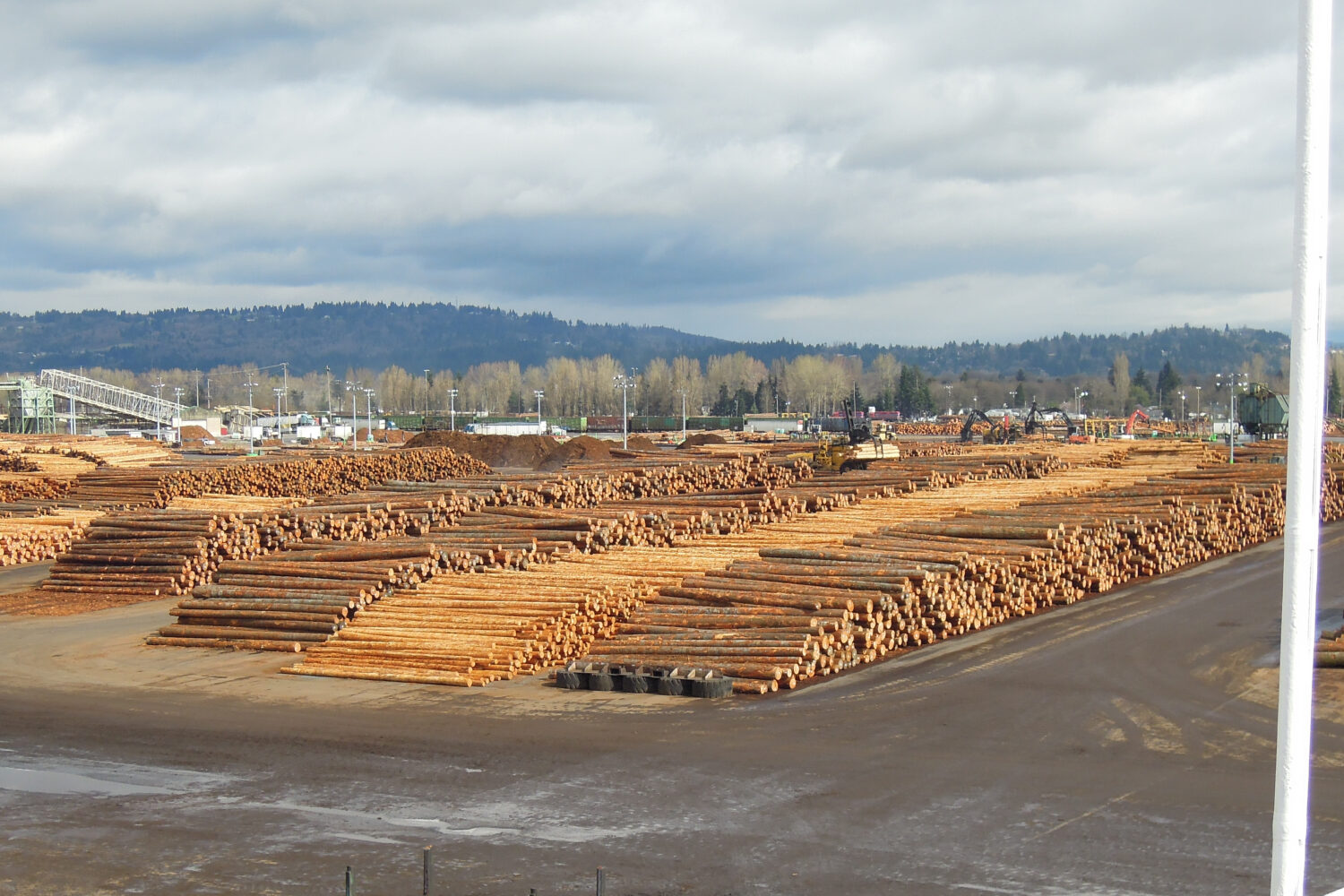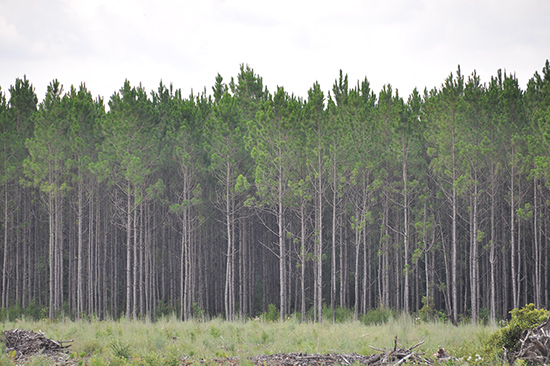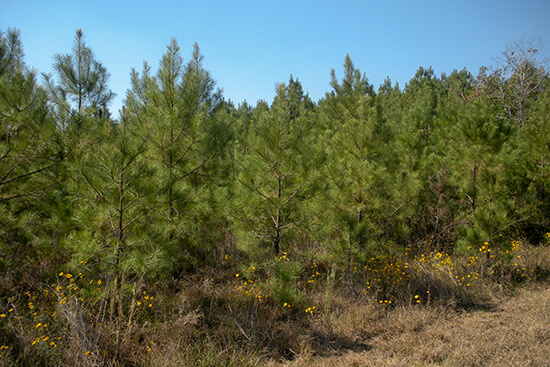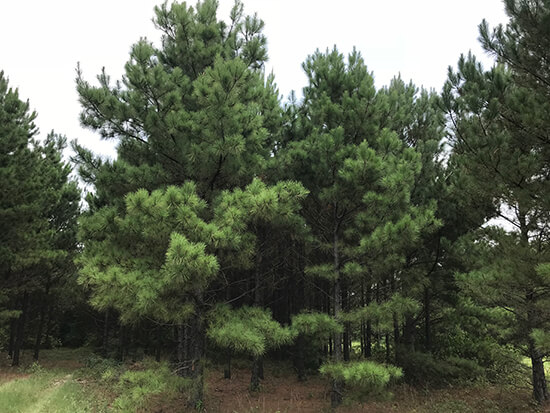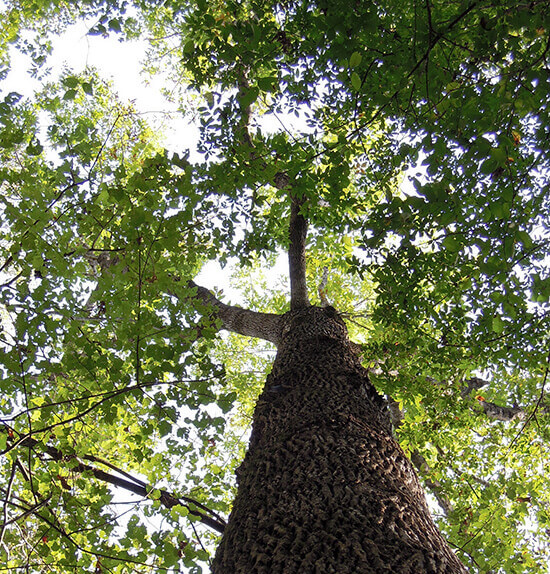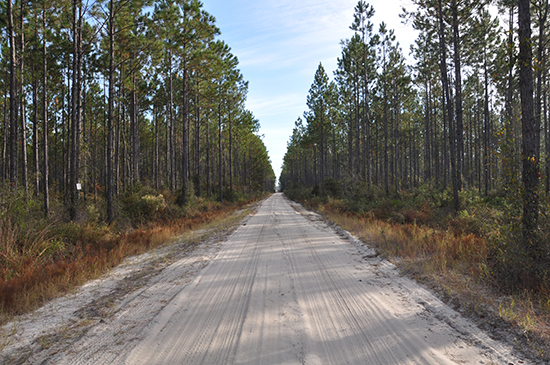How will the COVID‐19 Pandemic affect client timberland portfolios? It is still too early to try to assess the full impact of the coronavirus, but some trends are becoming clear.
Housing starts averaged 1.6 million starts over the last two months before the impact of the virus – the highest number since the global financial crisis. These numbers were well in excess of the estimates for December 2019 and January and February 2020. Housing was healthy and building products demand was growing. Lumber and panels prices reflected this increased demand. Since then, as expected, housing and building products demand has slowed considerably. The current view of economists in the U.S. is that with the $2 trillion economic stimulus package approved by the House and Senate, the slow‐down will be short lived . . . 2 to 5 months. We are hoping to see some of that economic stimulus money used to accelerate housing in the form of additional support for home buyers. The specifics of such a proposal are still being discussed within the House and Senate.
The net result of the housing slow down is a substantial drop in demand for lumber and panels. Many sawmills and panel plants have reduced production and have stopped taking wood deliveries for the moment. We have also seen a slow‐ down in timber sales which has caused us to pull some of our recent timber sales from the market until they stabilize. While a few key states deemed the forest products sector “essential” allowing mills to remain open, several states such as Pennsylvania and New York have closed parts of the forest products industry to help stem the spread of the coronavirus. Even so, most solid wood manufacturing facilities in the South and Pacific Northwest are not taking wood deliveries, and many are taking voluntary downtime to adjust their manufacturing output with current demand. We expect this to continue for a couple of months.
It is important to remember that while some markets for finished wood products are highly correlated with GDP, others are not. Lumber and panels are, as expected, correlated with GDP, but most paper products, such as tissue, fluff pulp and hygiene products are not correlated with GDP. This presents a somewhat fluid situation with pulp and paper mills running while solid wood facilities remain closed or running at significantly less than capacity. Hence, certain parts of the pulp and paper sector will continue to perform well during the economic down‐turn. FIA is working to identify where these opportunities will manifest in the pulp and paper markets.
FIA is responding to this situation by reevaluating our budgets for each account. On the revenue side, we are moving to more thinnings and less clearcutting to focus stumpage sales on the pulp and paper sector and reduce costs in the near term associated with site preparation and planting after clearcutting. These moves will help conserve cash and reduce expenses. As a result, we expect that 2020 timber revenues will be down from our initial budgets prepared late last year. When the new budgets are complete, your Portfolio Manager will send those along so you will be able to assess the potential differences and ensure we continue to meet your objectives.
As far as asset values for U.S. based timberland, we expect the short‐term performance to be like the global financial crisis of 2007 – 2010. Timberland values retreated about 5 to 8 % during this time when equity and commercial real estate portfolios were down 40 to 50%. We think there will be minimal impact to portfolio valuations relative to most other asset classes – although there will probably be some increased volatility in timberland appraisals over the next year or so.
